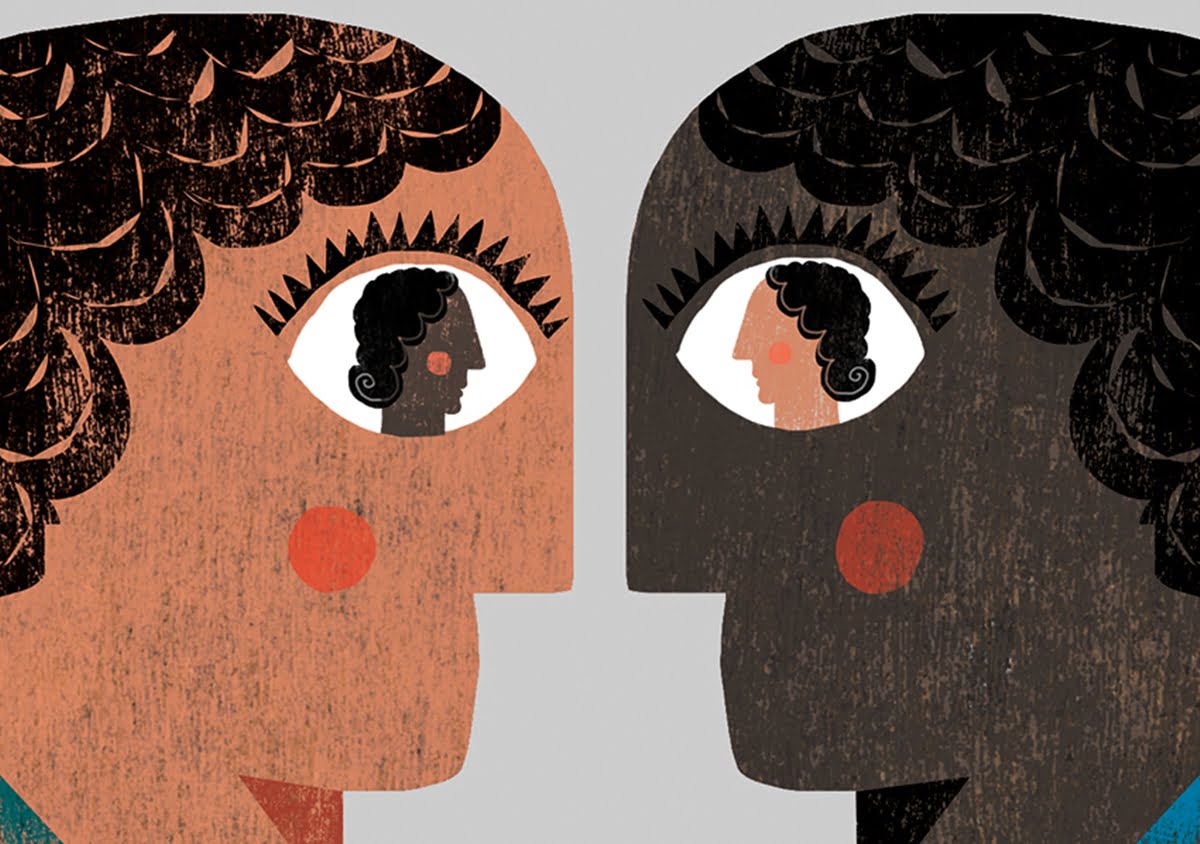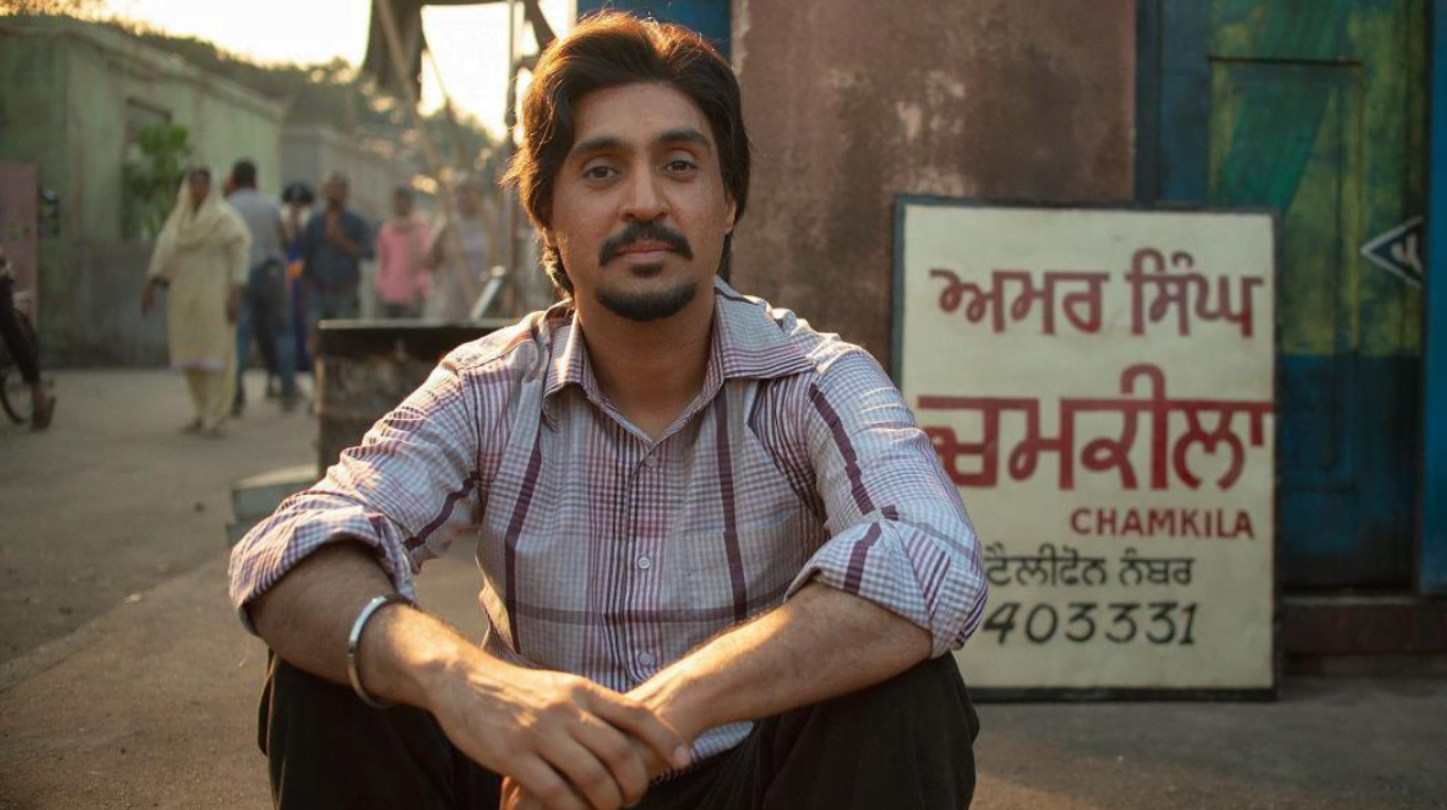Editor’s Note: FII’s #MoodOfTheMonth for November, 2021 is Popular Culture Narratives. We invite submissions on various aspects of pop culture, throughout this month. If you’d like to contribute, kindly email your articles to sukanya@feminisminindia.com
Colourism in the subcontinent is rooted in casteism and colonialism. However, in a place like South India, especially Tamil Nadu, where it is common to find people of darker skin tones among all strata of the society, colourism still thrives through popular culture narratives. The Dravidian land still seems to prize the casteist, colourist standardisation of beauty stereotypes to a harmful extent.
During its early period, one of the most important criteria to play a lead role in Tamil cinema would be being light-skinned. Veterans from M. K. Thyagaraja Bhagavathar, MGR, Sivakumar, to Kamal Haasan, all have lighter skin tones. This is not to discredit their creative abundance or acting prowess, but the underlying fact remains that their fair skin tones made them preferable. It was perhaps Rajinikanth who was the first dark-skinned actor to have made a successful career for himself with both bankability and fan-following in the same scale as other mega stars of fairer skin colour.
There were a countable few popular and successful actresses who had wheatish or darker skin tones. After Rajinikanth, there was a shift in the acceptance for dark-skinned men to play heroes of their own stories. Some dialogues and also lyric bits that praise the beauty of dark skin tone began to appear in mainstream narratives. However, these are only in favour of men and women who are not fair skinned have always been left behind.
Even though many women with dark skin tone appeared in lead roles in the late 70s and all through the 80s, there were not many lines in films or songs that spoke about them. Instead, they were always known for their beautiful eyes, slim waist, or exotic ways. The darkness of their skin was treated as something you have to see through to identify their real beauty.
Colonialism and its monolithic imposition of the superiority of white skin has definitely played a part in normalising fair skin as the defining standard of beauty and acceptance. This, coupled with castesim and classism has only aggravated the sidelining of bodies that do not fit the capitalist, partisan, consumerist standards of beauty
It is important to note that the actresses of this era were not only dark skinned but also that many of them did not check many boxes of conventional beauty standards. For starters, they were dark skinned, some of them were also short, plus size, and many did not have what is considered a conventionally ‘pretty face‘. There were magazines that put these women under a microscope and picked their features apart, pitting them against actresses with fairer skin. They were always ‘not Sridevi.‘
Nonetheless, some of them had successful careers and delivered numerous box office hits anchored on their talent and hard work (Radha, Radhika, Sri Priya, Silk Smitha, Poornima Bhagyaraj, Nadhiya, Nirosha, and Kanaka are a few examples).
Also read: ‘Pele Colour’: How Casteism & Colourism Dictate Sartorial Choices

We are a country with a diverse racial mix. South Indians especially are mostly darker in their skin tone. But even in South Indian cinema, leads, especially women who are skinny, tall, pale as milk and resembling of what is equated with ‘Aryan‘ features became the standard norm. It is important to ask when and why this happened.
Colonialism and its monolithic imposition of the superiority of white skin has definitely played a part in normalising fair skin as the defining standard of beauty and acceptance. This, coupled with castesim and classism has only aggravated the sidelining of bodies that do not fit the capitalist, partisan, consumerist standards of beauty.
This has also led to a disturbingly popular practice of brown facing, because even when we envision a dark skinned woman on screen, we insist that the actor is of fair skin, we have just darkened her tone to make it believable for us. This problematic practice makes it harder for dark skinned women to get the part of a dark-skinned women themselves!
In Tamil cinema, from the mid 90s, actresses started to become more and more light-skinned and looked in many ways less and less Tamil. From this point onwards, no Tamil woman (or Tamil looking Tamil woman) was good enough to play a Tamil girl in mainstream films. The language used to describe this tendency of casting non-Tamil women in films across magazines, and other media is “importing Bombay women” because, of course, women are properties in a patriarchal society, and they can be planted in any context to further the conscience that suits patriarchy.

This has also led to a disturbingly popular practice of brown facing, because even when we envision a dark skinned woman on screen, we insist that the actor is of fair skin, we have just darkened her tone to make it believable for us. This problematic practice makes it harder for dark skinned women to get the part of a dark-skinned women themselves!
Further, the intersection of colourism and gender is glaringly evident in another domain – songs. For instance, in the movie Kanchana (it is a movie where a ghost of a transgender woman possesses the protagonist, a cis man), the couple dance to a song that hails praise for dark skinned men and light skinned women and how they make a perfect couple. It gets worse as they are seen showing off their contrasting skin tones against a black and white background.
Cinema reflects real life and reinforces what is already popular belief. Therefore, cinema and pop culture in all its forms should strive to steer the society move forward by breaking away from its biases. It is time film makers realise the power their art holds, make movies that are not exclusionary of at least the very people it attempts to cater to.
Also read: Colourism In India: Dark Is Not A Dirty Word
Priyanka is a writer from Bangalore. She is always searching for stories to listen to— from TV series to literature. She also enjoys making art. You may find her on Instagram
Featured Image Source: timesofindia.com





Nice👍